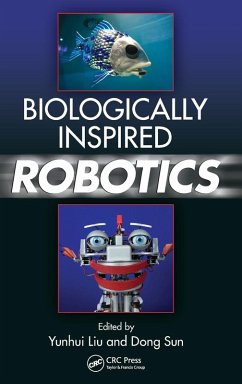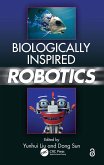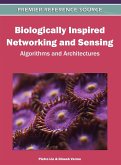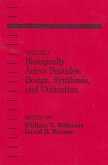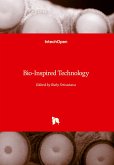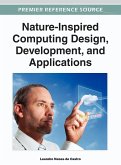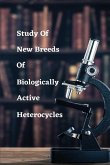"Based on a selection of presentations from the 2009 IEEE International Conference on Robotics and Biomimetics, this reference presents cutting-edge research in the field. The 16 chapters, rewritten to include extra detail and analysis, cover robotic design, micro/nano robots for bio-systems and biomedicine, and biological measurement and actuation. A section on cybernetics is also included. Written for graduate students and researchers in control engineering and robotics, this text helps readers understand research trends, future development of bio-robotics, and biologically inspired robot design. It includes a wealth of figures and hundreds of equations"--
Robotic engineering inspired by biology-biomimetics-has many potential applications: robot snakes can be used for rescue operations in disasters, snake-like endoscopes can be used in medical diagnosis, and artificial muscles can replace damaged muscles to recover the motor functions of human limbs. Conversely, the application of robotics technology to our understanding of biological systems and behaviors-biorobotic modeling and analysis-provides unique research opportunities: robotic manipulation technology with optical tweezers can be used to study the cell mechanics of human red blood cells, a surface electromyography sensing system can help us identify the relation between muscle forces and hand movements, and mathematical models of brain circuitry may help us understand how the cerebellum achieves movement control. Biologically Inspired Robotics contains cutting-edge material-considerably expanded and with additional analysis-from the 2009 IEEE International Conference on Robotics and Biomimetics (ROBIO). These 16 chapters cover both biomimetics and biorobotic modeling/analysis, taking readers through an exploration of biologically inspired robot design and control, micro/nano bio-robotic systems, biological measurement and actuation, and applications of robotics technology to biological problems. Contributors examine a wide range of topics, including: A method for controlling the motion of a robotic snake The design of a bionic fitness cycle inspired by the jaguar The use of autonomous robotic fish to detect pollution A noninvasive brain-activity scanning method using a hybrid sensor A rehabilitation system for recovering motor function in human hands after injury Human-like robotic eye and head movements in human-machine interactions A state-of-the-art resource for graduate students and researchers.
Robotic engineering inspired by biology-biomimetics-has many potential applications: robot snakes can be used for rescue operations in disasters, snake-like endoscopes can be used in medical diagnosis, and artificial muscles can replace damaged muscles to recover the motor functions of human limbs. Conversely, the application of robotics technology to our understanding of biological systems and behaviors-biorobotic modeling and analysis-provides unique research opportunities: robotic manipulation technology with optical tweezers can be used to study the cell mechanics of human red blood cells, a surface electromyography sensing system can help us identify the relation between muscle forces and hand movements, and mathematical models of brain circuitry may help us understand how the cerebellum achieves movement control. Biologically Inspired Robotics contains cutting-edge material-considerably expanded and with additional analysis-from the 2009 IEEE International Conference on Robotics and Biomimetics (ROBIO). These 16 chapters cover both biomimetics and biorobotic modeling/analysis, taking readers through an exploration of biologically inspired robot design and control, micro/nano bio-robotic systems, biological measurement and actuation, and applications of robotics technology to biological problems. Contributors examine a wide range of topics, including: A method for controlling the motion of a robotic snake The design of a bionic fitness cycle inspired by the jaguar The use of autonomous robotic fish to detect pollution A noninvasive brain-activity scanning method using a hybrid sensor A rehabilitation system for recovering motor function in human hands after injury Human-like robotic eye and head movements in human-machine interactions A state-of-the-art resource for graduate students and researchers.

